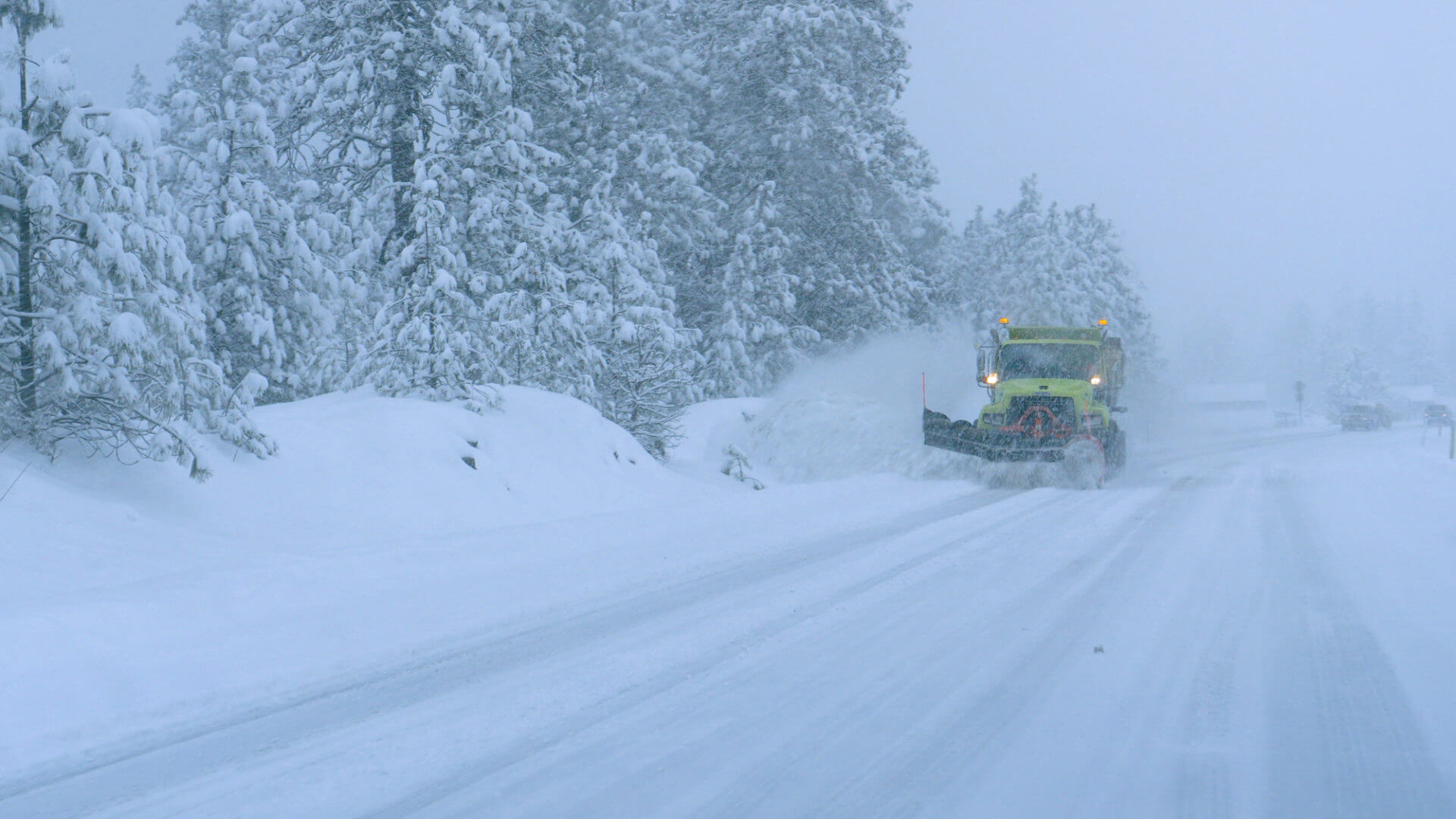As a car carrier and licensed auto transport broker for the past 20+ years, we’ve seen our fair share of bad weather – especially given our headquarters in Billings, MT. Let’s just say we know a thing or two about winter storms!
Although snow impacts auto transports more than any other weather event, winter isn’t the only time of year bad weather can affect your auto transport. Severe thunderstorms, hurricanes, and tornadoes in the spring and summer months can also impact your car shipment.
What ultimately happens during these weather events is a delay in the pickup or delivery of your vehicle. No truck driver is going to potentially risk his life or the thousands of dollars’ worth of vehicles he’s hauling by driving through a snowstorm or hurricane-ravaged area! He’s going to be delayed until the weather passes and the route he’s traveling on is clear and back to normal.
In the case of a snowstorm, it may take a day or two before the storm passes and the plows have been able to get the roads cleared. In the case of a severe thunderstorm or tornado, the delay may only be a day. Hurricanes (and catastrophic tornadoes) can cause delays that go on for days or even weeks depending how much damage has been done in the area.
How We Handle Severe Weather When Shipping Cars
If severe weather is going to impact our customer’s transport, our dispatcher will notify the customer immediately. The message is usually pretty simple: “We apologize, but there is bad weather along your shipping route and it’s going to take an extra day or two before we can get your vehicle picked up (or delivered).”
In extreme weather events, the message may be twofold if we are brokering the transport: (1) your transport is going to be delayed and (2), your shipping rate may go up if you don’t have the flexibility to wait for things to settle down to complete your transport.
You’ll note I said if we’re BROKERING the transport the message may include that in addition to a delay in the transport, there may also be a price increase. When we broker a transport that means we are hiring a carrier to complete the transport for us. The transport isn’t being done on our own trucks by our own drivers. When we broker transports, we don’t have control over the carrier’s routes or what they charge for a given route.
There are two types of car carriers that we work with when we broker transports. There are those that travel on specific routes all year round, and there are those that go wherever they can make money or wherever they prefer to travel.
For the second type of car carriers, what areas of the country do you think they avoid in the winter? Where it snows! They will especially avoid an area after a snowstorm has just passed through.
What happens then is these areas have fewer carriers to meet the demand of transports that need to be completed. When demand is greater than the supply, you get temporary price increases until things settle down and go back to normal (i.e. carriers normally traveling the route get caught up and carriers that were avoiding the area come back in).
This temporary price increase may only last a week. However, if our customer insists on having their transport completed during this timeframe, we will have to ask the customer for more money to get the job done since prices have gone up.
Fortunately, this rarely happens because usually our transports are already assigned to a driver prior to a storm hitting so the transport is just delayed. And in cases where a transport isn’t assigned to a driver, usually our customers are fine with delaying the start of their transport until things go back to normal so they don’t have to pay more.
When you book an auto transport order, you’ll want to keep the weather in mind and how it might delay your transport. If you want the least potential delays in your transport due to weather, avoid having your car shipped in the winter. Instead, have your car shipped in the spring, summer, or fall, but even then there is no guarantee that mother nature won’t have a say about the timing of your transport!

